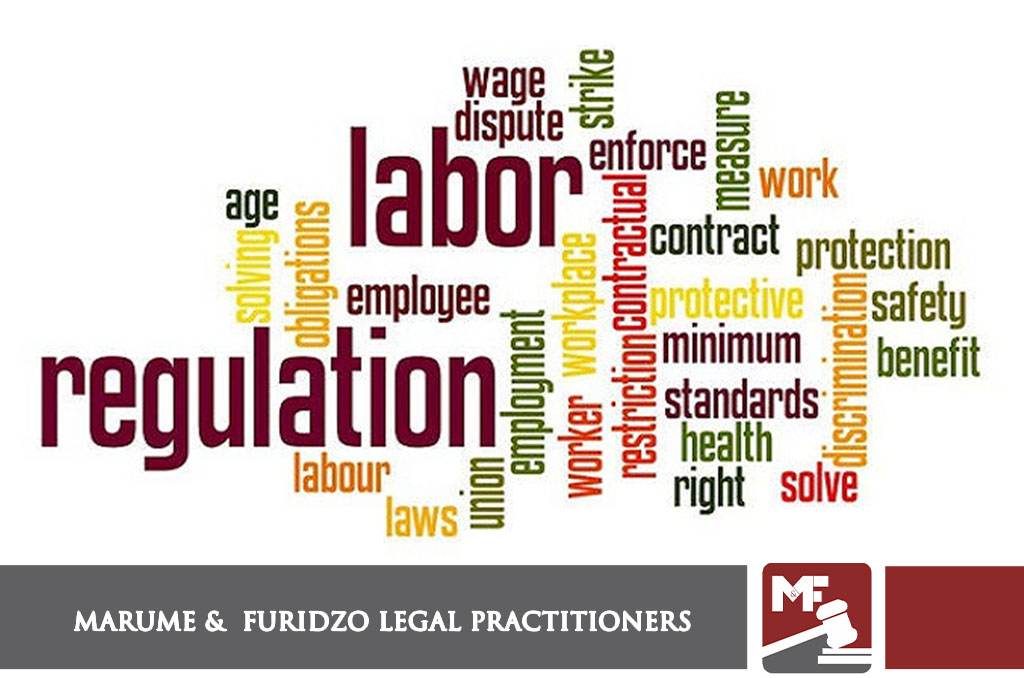Disciplinary hearings are a critical aspect of maintaining workplace discipline and ensuring fair treatment of employees. Whether you’re an employer, HR professional, or employee, understanding the proper procedure is essential to uphold justice and avoid legal pitfalls. This article outlines the disciplinary hearing process, from initial introductions to final verdicts, while highlighting key considerations such as impartiality, witness examination, and appeal rights. By following these guidelines, organizations can foster transparency and accountability in their disciplinary actions.
At the hearing the disciplinary hearing chairperson shall observe the following;
- Introduce themselves and allow all parties present to introduce themselves. Ensure there is a minute taker.
- Enquire from the employee if he/she is happy with the composition of the panel. Note if there are any objections which must be addressed or recorded.
- Read out the charges that the employee is facing as per charge letter.
- Ask the employee to enter his/her plea to the charges-whether guilty or not guilty. If guilty- proceed to hear the employee on mitigation and give penalty. If not guilty, proceed to the next stage which is;
- Ask complainant to lay out the charges and call any witnesses to support the charges.
- Allow the employee and/or his/her representative to cross-examine the witnesses until complainant’s case is exhausted.
- Ask the employee to open and lead his defence case and call witnesses if any.
- Allow the complainant and/or his/her representatives to cross examine employee’s witnesses.
- NB Disciplinary Hearing Chairperson or Committee members are at any stage free to intervene and seek clarification from all the witnesses. However, the Disciplinary Committee is strongly discouraged from dissenting into the arena which may point to a pre-determined decision and may lead to an apprehension of bias.
- Allow all sides to submit closing submissions (orally or in writing).
- Disciplinary Authority/Committee is to render its verdict. Whether guilty or not guilty. If not guilty give reasons and terminate the proceedings. If guilty give reasons and invite the employee and the complainant to submit mitigation and aggravation respectively.
- Render the ultimate penalty in writing supported by reasons for the decision.
In the same communique, advise the employee of his or her right to appeal to a specified appeals body and the period within which to exercise that right.
The contents of this article are for general information purposes only and do not constitute our legal or professional advice. We accept no responsibility for any loss or damage of whatsoever nature which may arise from reliance on any of the information published herein.
Copyright © Marume & Furidzo Legal Practitioners 2025



